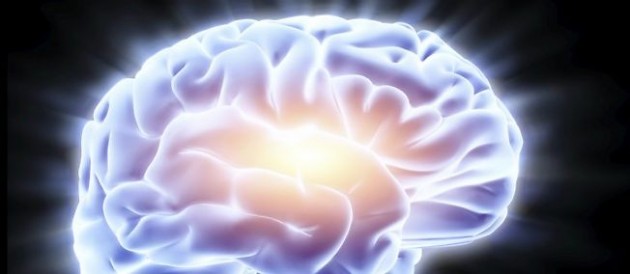Amyloid-β (Aβ) peptide has been implicated in the pathogenesis of Alzheimer’s disease (AD). This study presents a nonpharmacological approach for removing Aβ and restoring memory function in a mouse model of AD in which Aβ is deposited in the brain. Researchers used repeated scanning ultrasound (SUS) treatments of the mouse brain to remove Aβ, without the need for any additional therapeutic agent such as anti-Aβ antibody. Spinning disk confocal microscopy and high-resolution three-dimensional reconstruction revealed extensive internalization of Aβ into the lysosomes of activated microglia in mouse brains subjected to SUS, with no concomitant increase observed in the number of microglia. Plaque burden was reduced in SUS-treated AD mice compared to sham-treated animals, and cleared plaques were observed in 75% of SUS-treated mice. Treated AD mice also displayed improved performance on three memory tasks: the Y-maze, the novel object recognition test, and the active place avoidance task. Our findings suggest that repeated SUS is useful for removing Aβ in the mouse brain without causing overt damage, and should be explored further as a noninvasive method with therapeutic potential in AD.




